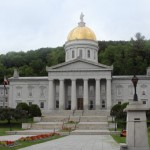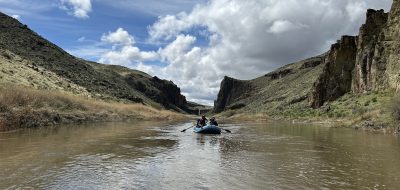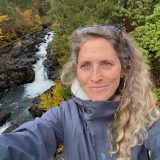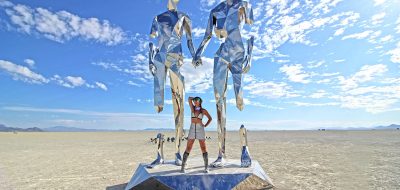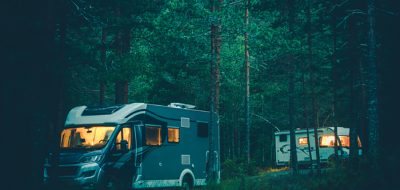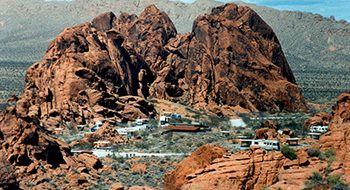By Bob Difley
In last week’s post, How to camp free–or cheap–on scenic public lands (Part 1), we dove into the fun of boondocking, finding great campsites on public lands. I will continue that thread here with more ways to enjoy all that open land just beckoning to RVers.
 Part 2
Part 2
Open land camping is also permitted on many western Indian Reservations, but be sure to check with the tribal office before setting up camp. Some require a free permit, others a small fee, and others do not permit open land camping–often because they have a developed campground on the reservation that they prefer you use.
However, you will find the most acreage for open land camping on lands managed by the BLM (photo-left) and the Forest Service. Most boondocking snowbirds that head to the southwestern deserts for the winter camp on BLM land, which identifies some specific areas as Long Term Visitor Areas (LTVAs), two in Arizona and six in California, and provide a central trash dumpster, sewage dump station, water source, and a host to answer questions and collect fees ($180 for the season from mid-September to mid-April, $40 for a two-week period).
You are permitted to travel between all the LTVAs for the one fee. Outside the LTVAs camping is permitted anywhere. As the BLM puts it, “Camping on public lands away from developed recreation facilities is referred to as “dispersed camping.” Most of the remainder of public lands in Arizona are open to dispersed camping, as long as such use does not conflict with other authorized uses or occurs in areas posted “closed to camping,” or in some way adversely affects wildlife species or natural resources.”
Summer boondockers will spend a lot of their time in the 155 National Forests. The FS also manages 20 national grasslands. Together the acreage comes to 193 million acres. Again, most of the acreage is in the West, but there are several national forests in the East and South as well.
The rules are changing, though, and the FS is now designating certain roads (not all roads) as permitted for vehicle travel and designated areas where “dispersed camping” is allowed. These rules are covered in the Travel Management Plan and can be found on each forest’s website along with a free Motor Vehicle Use Map (MVUM) which you can download from the website or pick up from a ranger or FS office. Be sure to obtain this information before setting up camp in a national forest.
Altogether, there is a lot of land out there for free and cheap boondocking, and next week I will write about how–once you determine that you are on, or will be heading to or through public lands–you find great boondocking campsites. And as the BLM says on its website, “Please enjoy camping on public lands, and please take care of these lands like they were your own–because they are!”
For more RVing articles and tips take a look at my Healthy RV Lifestyle website, where you will also find my ebooks: BOONDOCKING: Finding the Perfect Campsite on America’s Public Lands (PDF or Kindle), 111 Ways to Get the Biggest Bang for your RV Lifestyle Buck (PDF or Kindle), and Snowbird Guide to Boondocking in the Southwestern Deserts (PDF or Kindle), and my newest, The RV Lifestyle: Reflections of Life on the Road (Kindle reader version). NOTE: Use the Kindle version to read on iPad and iPhone or any device that has the free Kindle reader app.
